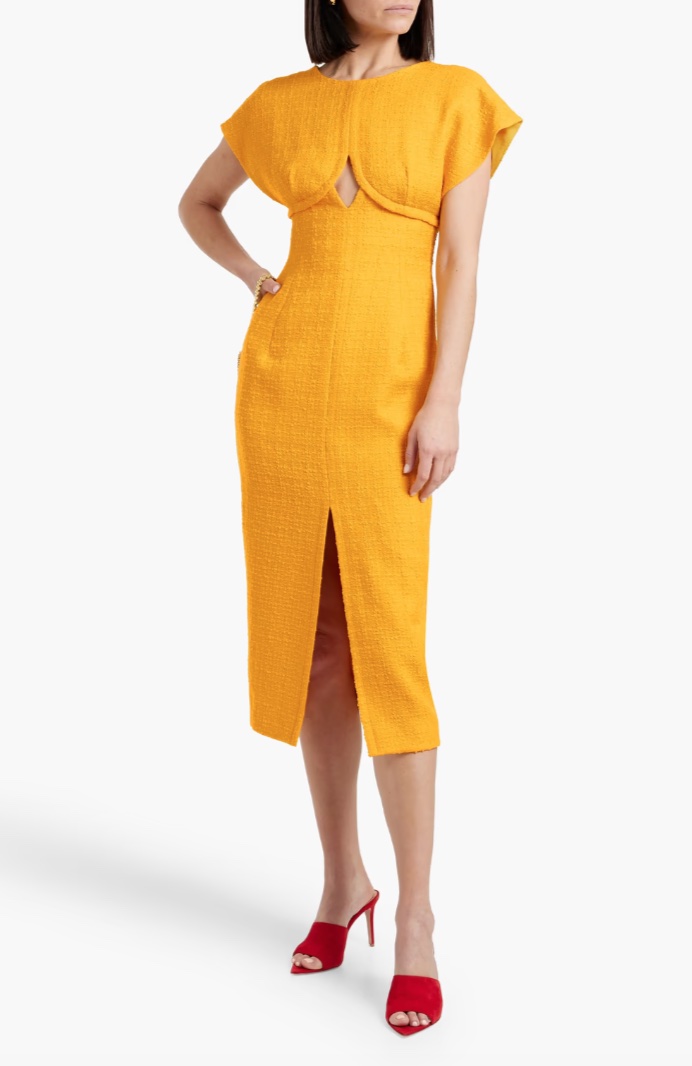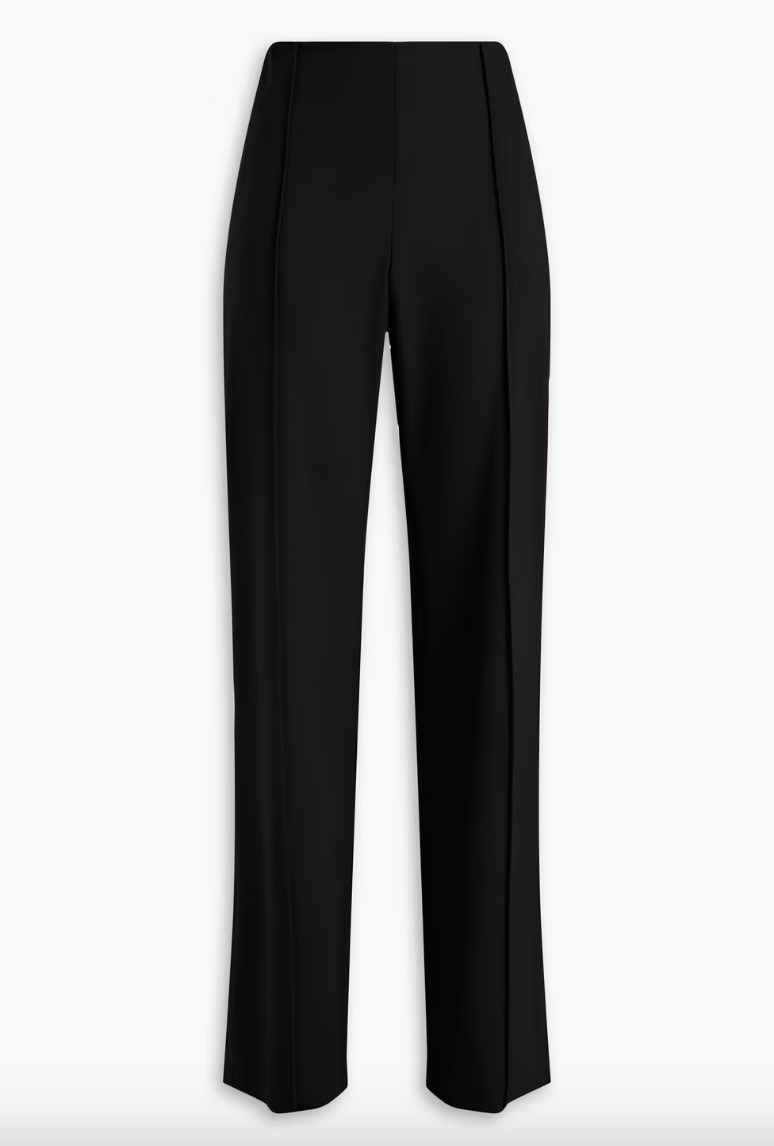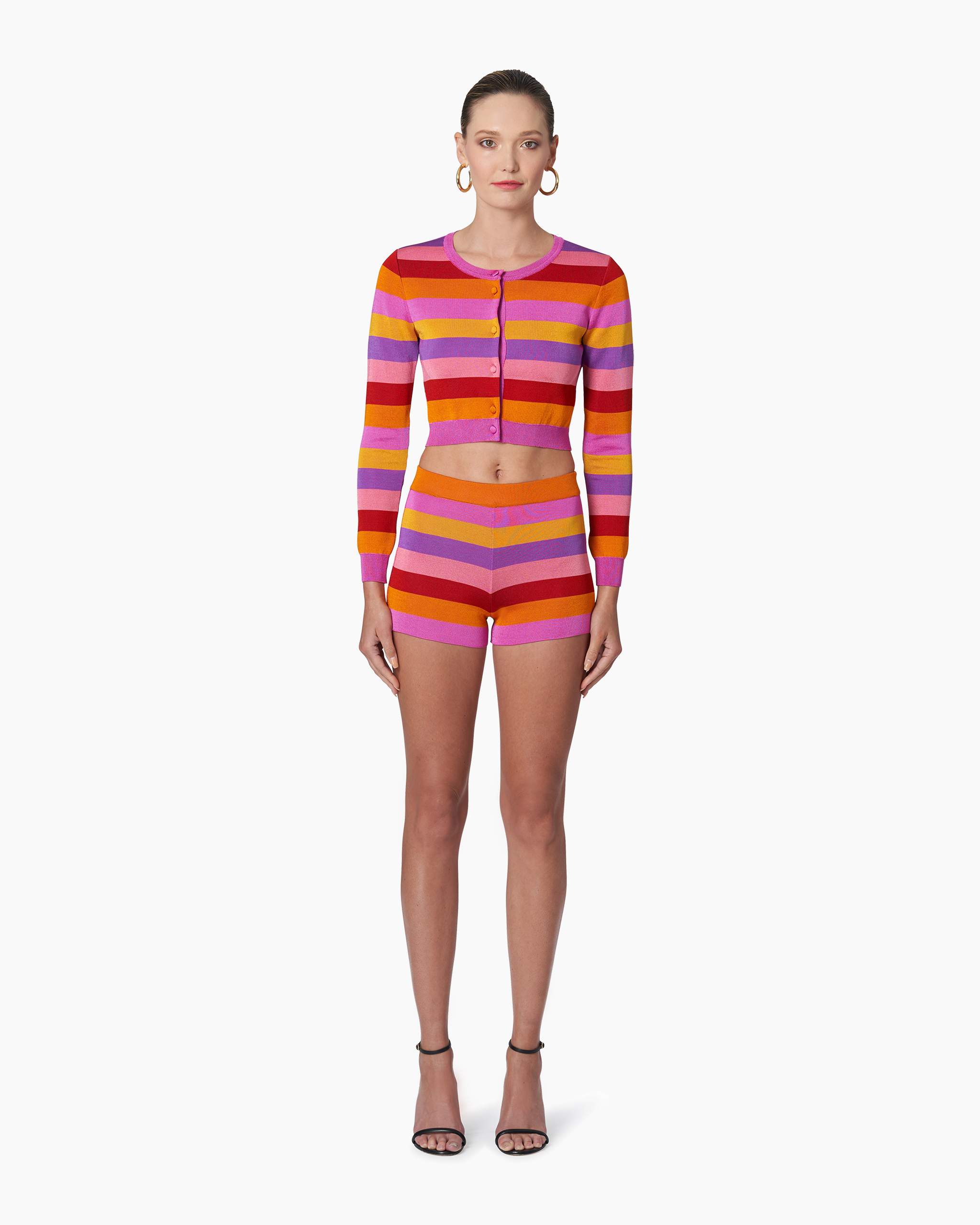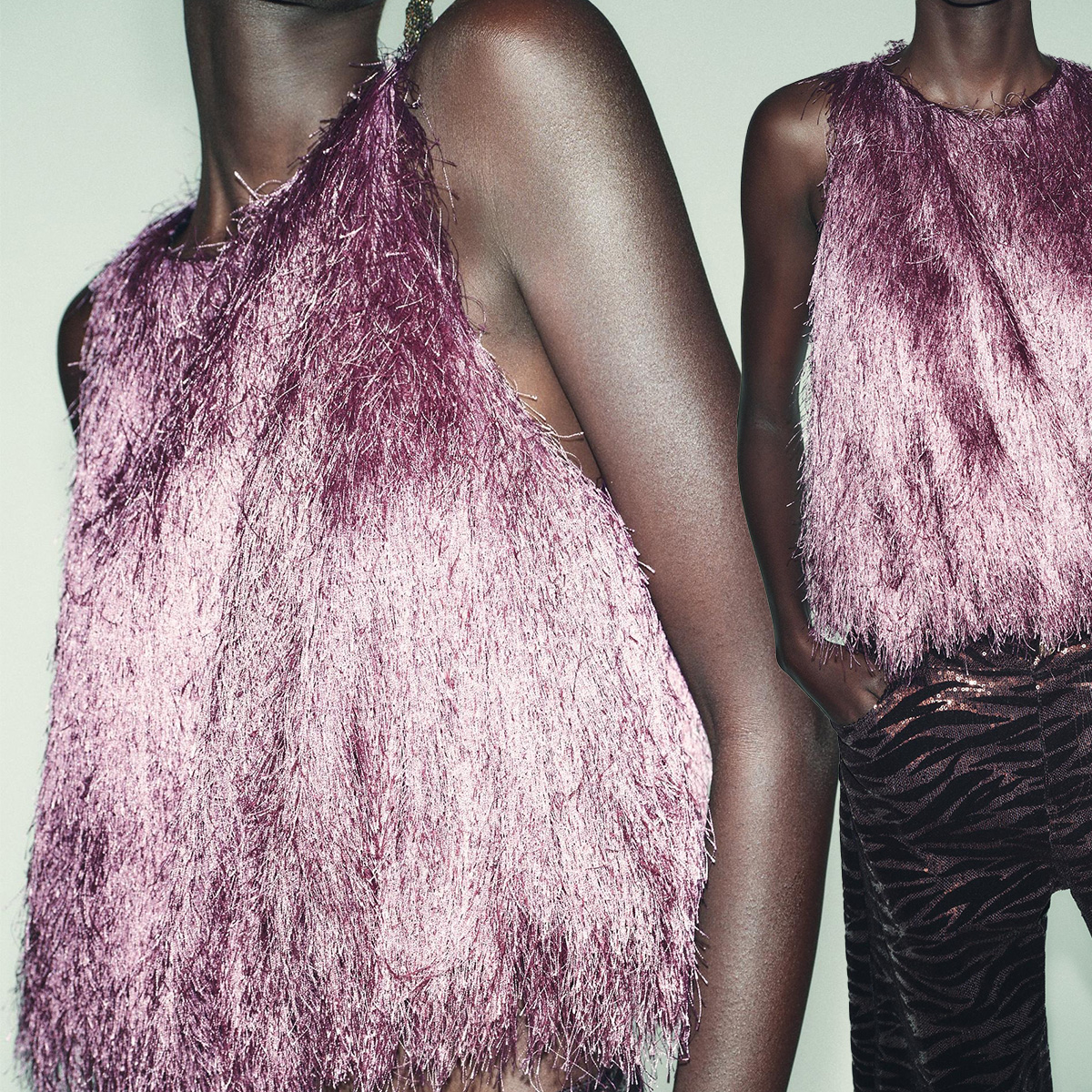How Wes Gordon Landed His Role at Carolina Herrera
Sponsor Content Created With Carolina Herrera
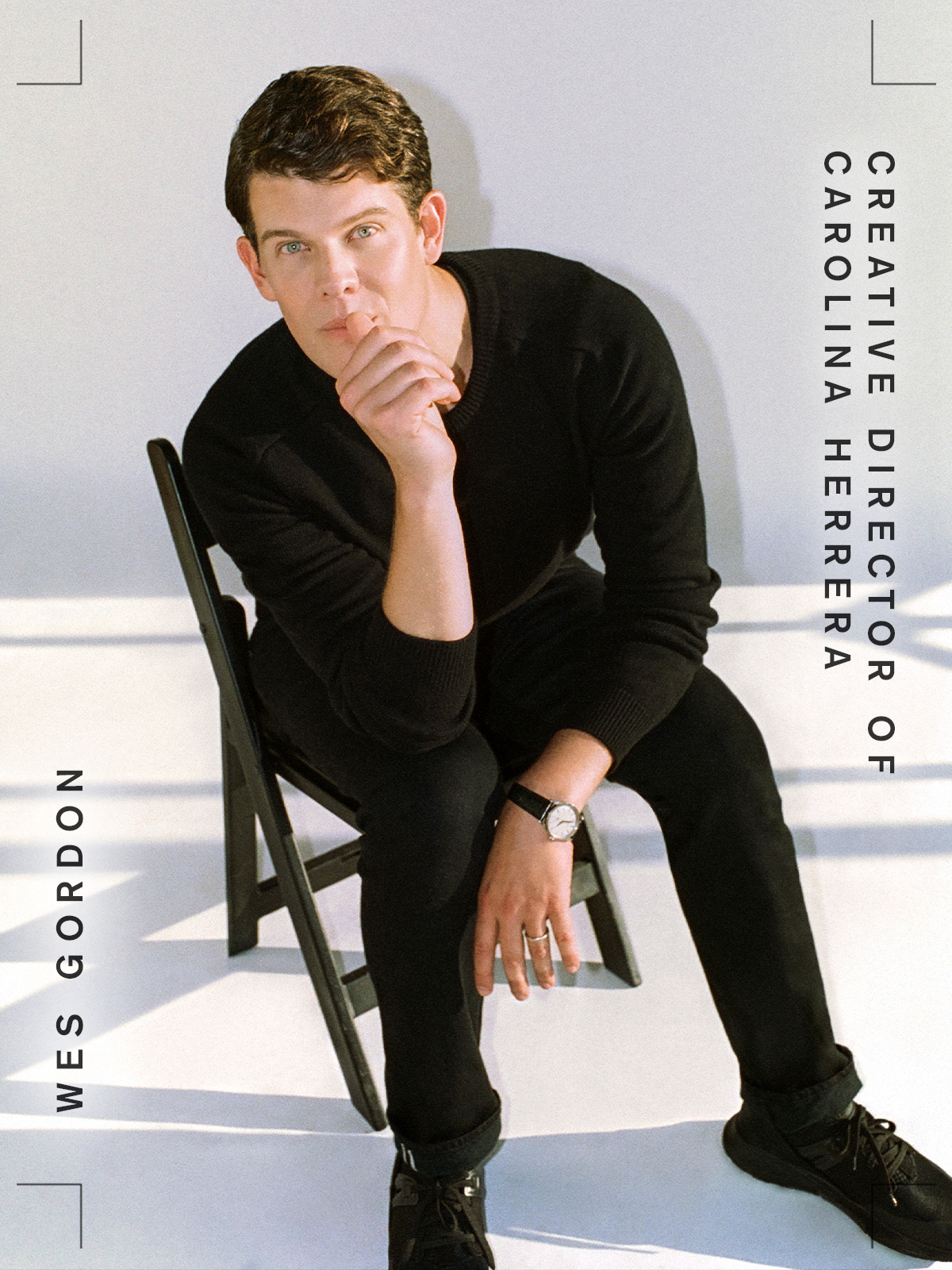
Welcome to our podcast, Who What Wear With Hillary Kerr. Think of it as your direct line to the designers, stylists, beauty experts, editors, and tastemakers who are shaping the fashion-and-beauty world. Subscribe to Who What Wear With Hillary Kerr on Apple Podcasts and Spotify.
Wes Gordon, creative director of Carolina Herrera, has always been drawn to fashion. When Gordon was a child, he would always go into his mother's closet with her to help her get dressed for work. "I'd go in there as a bossy 3- and 4-year-old and try to pick out outfits for her," Gordon said. While there wasn't necessarily a path to work in fashion while growing up, Gordon's interest blossomed in art classes in school. When Gordon reached high school, he realized he could get a job in the fashion industry. "As I got a little older … I really started revisiting fashion itself as a career," Gordon said.
For the latest episode of Who What Wear With Hillary Kerr, Gordon sits down with Who What Wear Editor in Chief Kat Collings to share how he went from Central Saint Martins to his current role at Carolina Herrera, his styling tips for people who want to incorporate more color into their wardrobe, and more.
For excerpts from their conversation, scroll below.
I read that helping your mother get dressed before work was one of the sparks of you being into fashion. Can you tell me a little bit more about how that interest and curiosity around fashion first developed and when it became more than a hobby?
I definitely was drawn to fashion before I really even knew what fashion was or that it was a thing in the form of my mom's childhood Barbies that were living at my grandparents' house that I'd go and play with or—quite literally—my mom herself when she'd be getting dressed for work in the morning. I'd go in there as a bossy 3- and 4-year-old and try to pick out outfits for her. It went to my own wardrobe as well.
I was the kid who was really specific about what he wore to preschool and kindergarten that day. Nothing rings truer than that—where your passions are and your interests before you can even articulate what those things are. It's just this natural attraction you have toward something. For me, it was clothes and the power of clothes and playing dress-up and living these fantasies. As I grew up, that wasn't really such a well-worn path. Those interests blossomed in art classes in school and fine arts. As I got a little older … I really started revisiting fashion itself as a career.
Ultimately, you decided to go to fashion school at Central Saint Martins in London. You took the path of immediately moving to New York, launching your namesake brand. I'd love it if you could take us back to that time, a recent grad finding your footing.
I grew up in Atlanta, and I think I always knew that New York would be my home. Being an American, that is my closest fashion capital. Knowing that, I think there was something very appealing and exciting about spending my time as a student somewhere else. For me, that "somewhere else" was London, Central Saint Martins specifically. [It was] a university that I discovered while learning and studying the biographies of designers that I admired. It was an amazing experience. It was amazing because of the contrast provided.
As I grew up in Atlanta, I ended up living in New York, New York being what is perceived as a more commercial fashion capital. To spend four years in London in what is perceived as a very experimental, crazy fashion capital, I'm super grateful for that insight, but I knew that it wasn't forever. … I would be coming back.
On top of all these day-to-day responsibilities, you recently released a fashion photography book called Colormania, and the photos were captured during COVID via Zoom. Tell me about this. How did it turn into a book?
It was really spearheaded by Jodie Chan, who heads up our marketing and communications at [Carolina] Herrera, during lockdown—this idea of, How do you continue to be a brand in a moment where you're stopped? How do you continue to storytell and communicate and captivate and create beauty when things have ground to a halt, when you can't go to the office and you certainly can't do a fashion show? All creatives were in the same boat.
We reached out to Elizaveta [Porodina], who is a photographer whose work we admired. I found very poignant and heartbreaking the idea of professional dancers around the world, who train their whole lives for the moment to be in a company and to be a professional dancer. [They have] this very exclusive opportunity, this moment in time, suddenly to be told that "We're closed. No one's in the theater. You can't come to work." Their bodies are these finely tuned machines. There's just a window of their lives that they can actually perform at that level.
We reached out to Elizaveta [Porodina] about doing a shoot focused on dancers who were at home. We did it around the world. There was a dancer in Sydney, in Paris, in New York. We invited each of them to pick out something they liked from our last collection. We sent it in a box, and then Elizaveta art-directed over Zoom and captured the images through Zoom. [We] just created something really beautiful that we all fell in love with. I thought the results were really poetic.
That one shoot led to five more shoots that we did over the next couple of years, the last several of which were not over Zoom. The world was back by then. What drew me most to her work was the painterly way that she approaches photography. It looks like brushstrokes of color. For a house that has color at its core, her work felt really relevant.
I'm curious if you have any styling tips for the listeners who want to incorporate more color. Are there any starter-pack colors? Any combos that work really well?
Two things: One is bigger, more philosophical, and one's a little more specific. I think the philosophical one when it comes to color is to just throw away all the silly pieces of advice your grandparents would give you or your parents would give you or a friend would give you about color. "If you're a blonde, you shouldn't wear yellow. If your skin is this color, you should wear this." All these things are ridiculous. In fact, it's usually when those rules—those old wives' tales rules—are broken that the most beautiful results happen.
Forget all those things you've been told you can't do about color. That's first and foremost, number one. Then number two: Something I always think when I'm in fittings is, What is the point of this outfit? What is the point of this piece? What is its one exclamation mark? What is its one statement? Everything should just have that one statement.
In some cases, the statement is the color. In [this] case, I try to strip away other details or strip away other noise and just let it be about that color. If you're someone who's looking to incorporate more color into your wardrobe and experiment, maybe don't go out and get something that has 10 bows on it and asymmetry and one sleeve and is a jumpsuit and this whole crazy look and is bright purple. If purple is your goal, just find a great mohair knit, a cool piece that expresses that color. For me, that's frequently how I'll incorporate color in my wardrobe too. It's a great piece of knitwear. It's a coat maybe, but let the color be the exclamation point for the piece.
This interview has been edited and condensed for clarity. Next, check out our interview with Who What Wear editors who share their favorite looks from the 2024 award season so far.
-
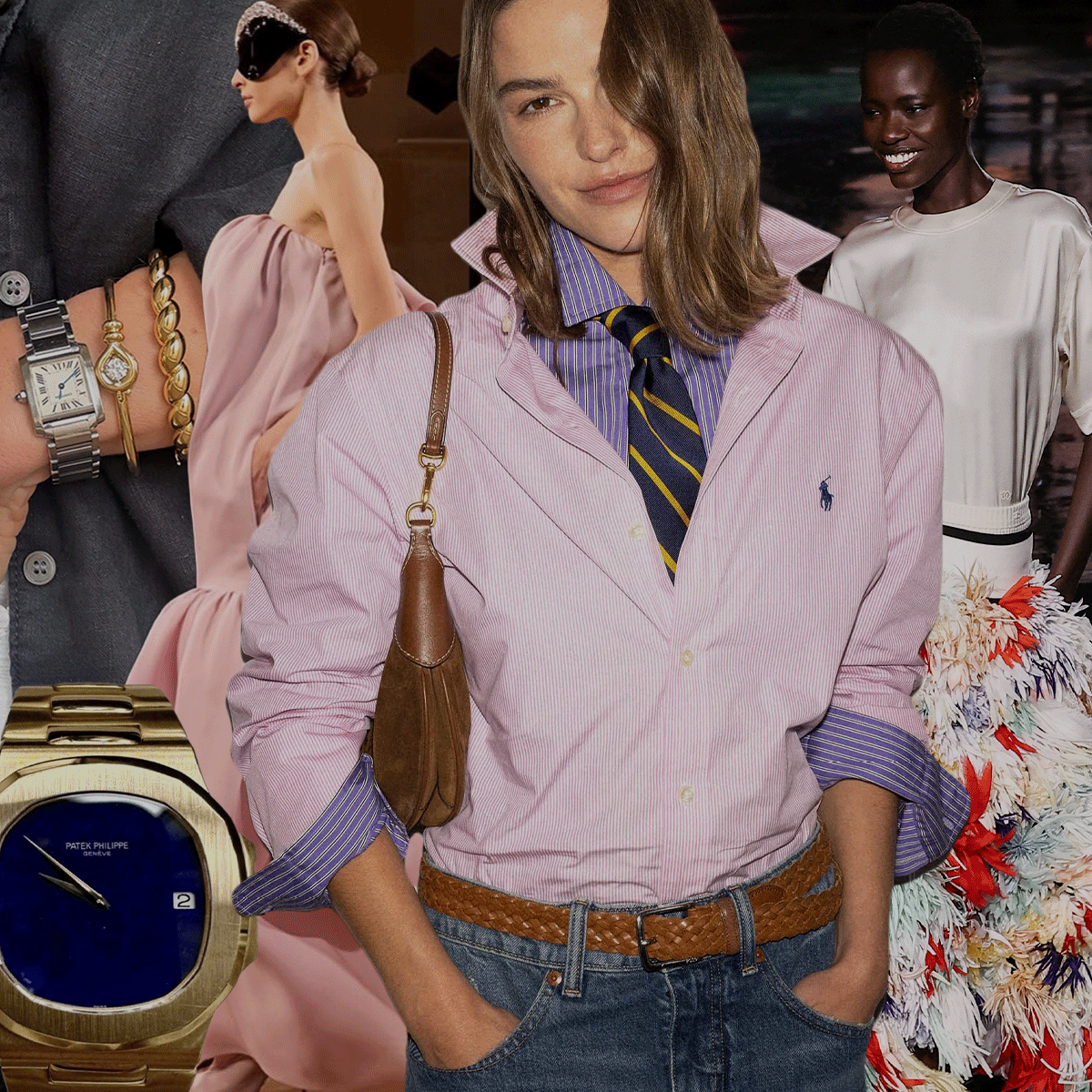 Breaking Down the 2025 Luxury Report, From It Bags to New Creative Directors
Breaking Down the 2025 Luxury Report, From It Bags to New Creative DirectorsAnd how Gen Z is getting in on the action.
-
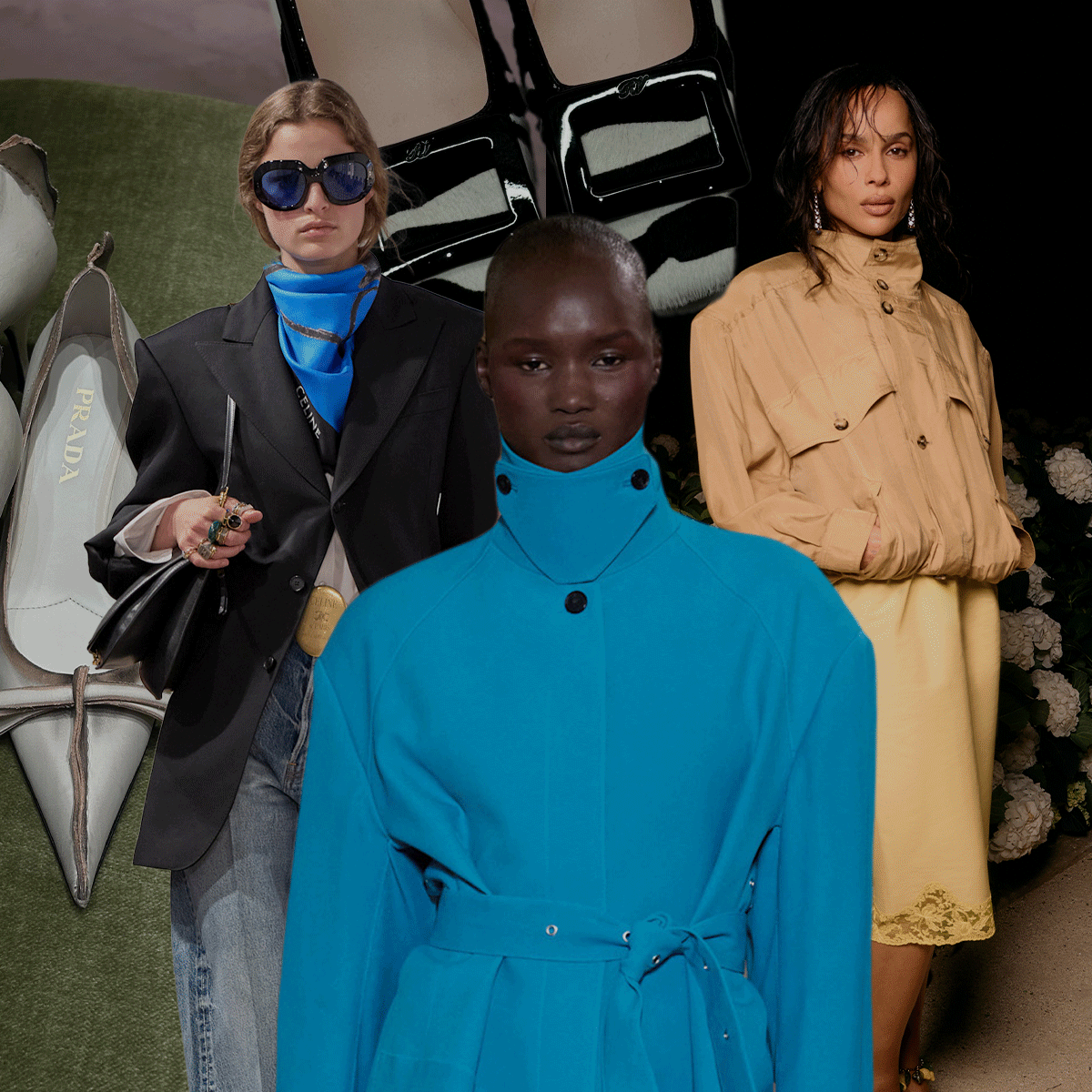 Your Download on 2025's Biggest Trends and Where Fashion's Headed in 2026
Your Download on 2025's Biggest Trends and Where Fashion's Headed in 2026Breaking down fashion's biggest moments and trends of the year.
-
 The Wicked: For Good Costume Designer Reveals How He Created the Magical Looks Worn by the Film's Stars
The Wicked: For Good Costume Designer Reveals How He Created the Magical Looks Worn by the Film's StarsPlus, how the costuming has evolved since the first film.
-
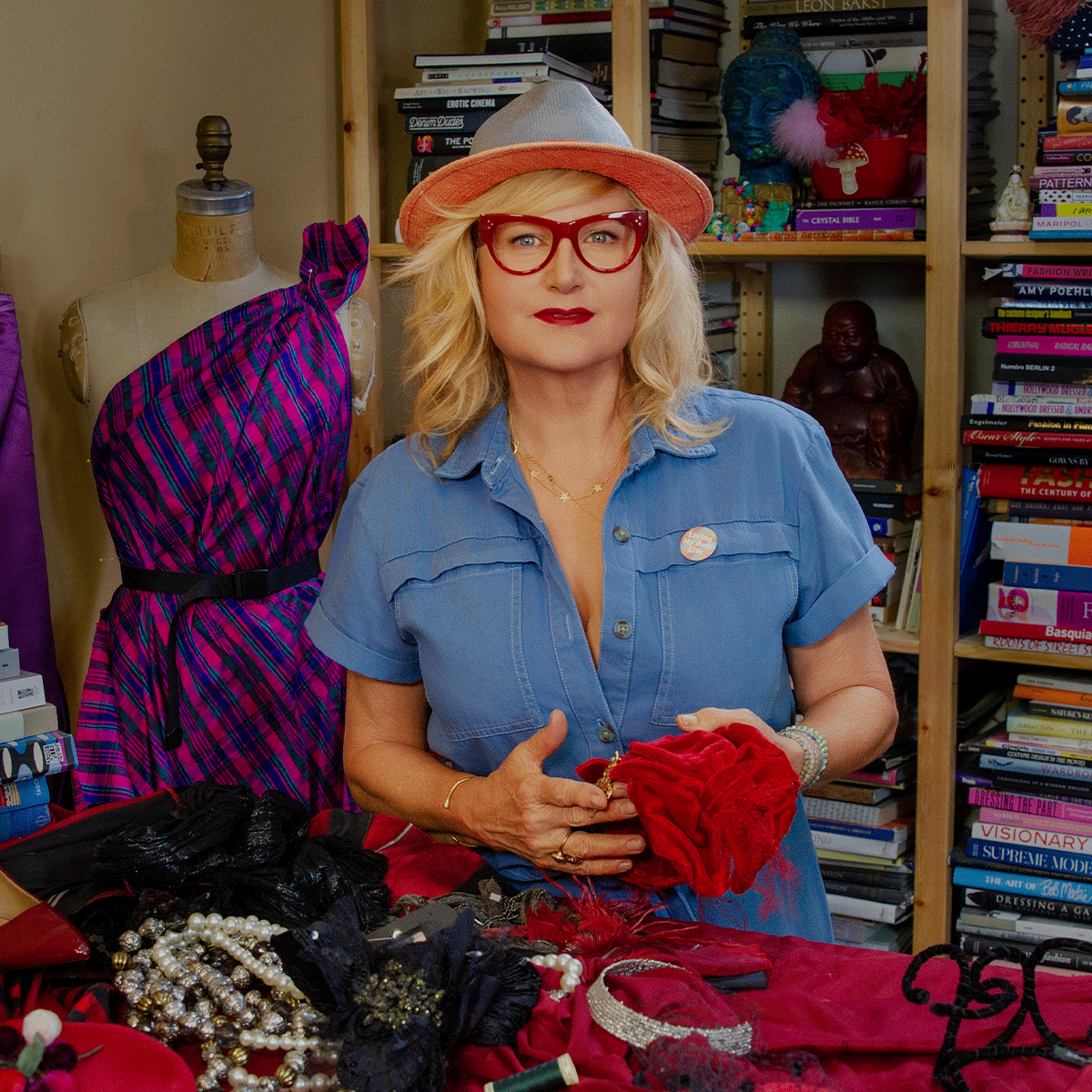 The Costume Designer of Clueless Celebrates 30 Years of the Film's Iconic Fashion
The Costume Designer of Clueless Celebrates 30 Years of the Film's Iconic FashionPlus, what it was like working on the iconic film.
-
 Our Top Holiday Gifts of 2025
Our Top Holiday Gifts of 2025Plus our surprise gifts to each other.
-
 Stylist Enrique Melendez Recounts Jenna Ortega's Style Evolution
Stylist Enrique Melendez Recounts Jenna Ortega's Style EvolutionPlus, what it's like styling for the red carpet versus a press junket.
-
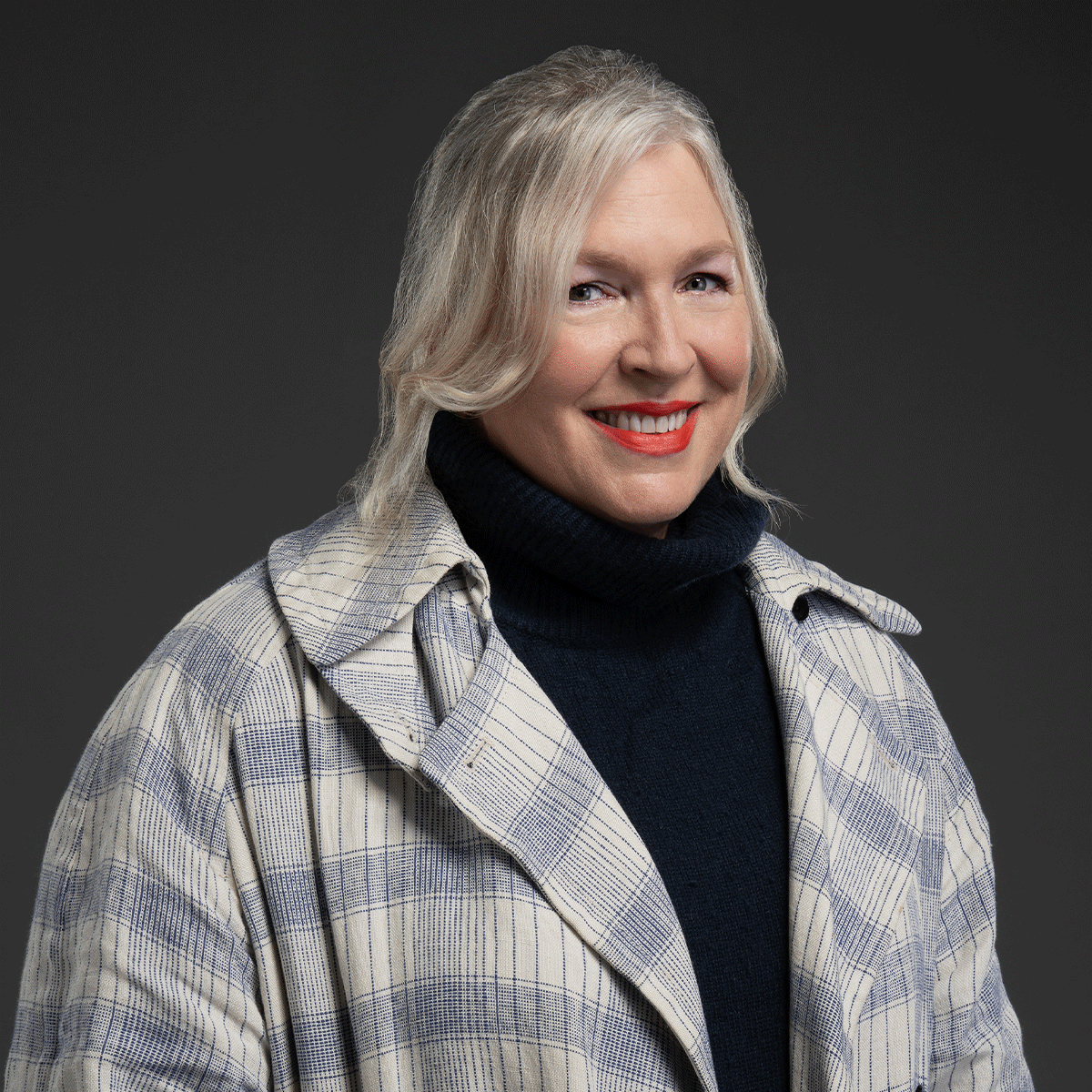 How the Frankenstein Costume Designer Brought the Film to Life
How the Frankenstein Costume Designer Brought the Film to LifePlus, what it was like working with Guillermo del Toro.
-
 Nobody Wants This Costume Designer Shares How She Built the World for the Hit Netflix Series
Nobody Wants This Costume Designer Shares How She Built the World for the Hit Netflix SeriesPlus, how she got her start.
